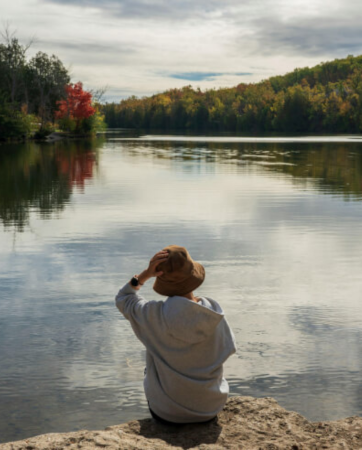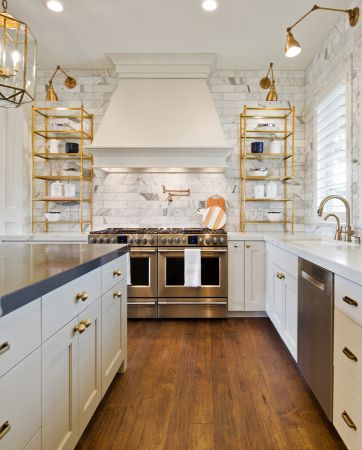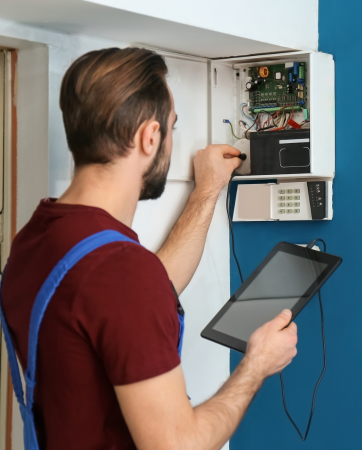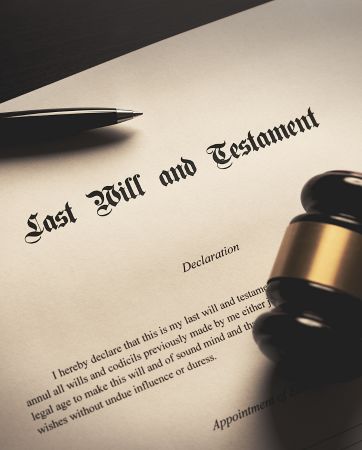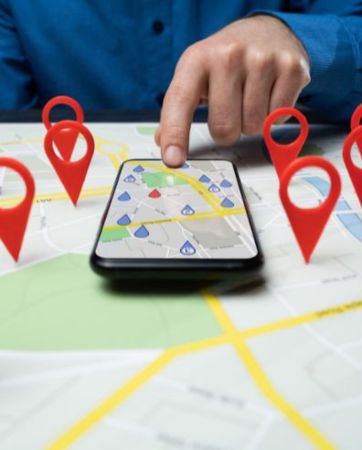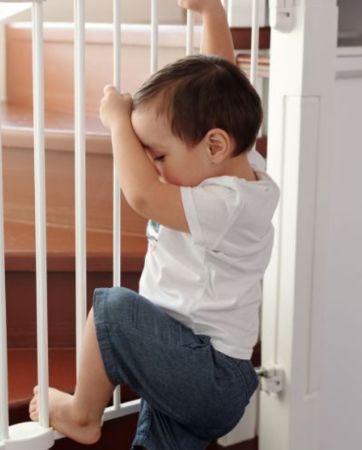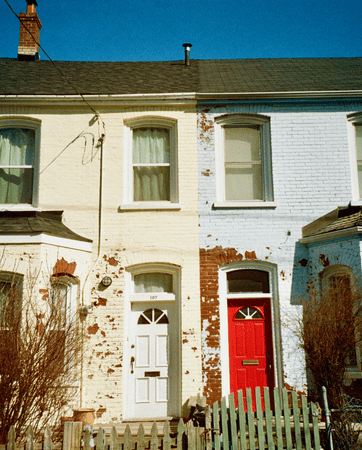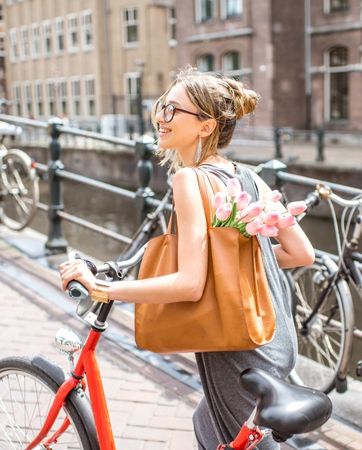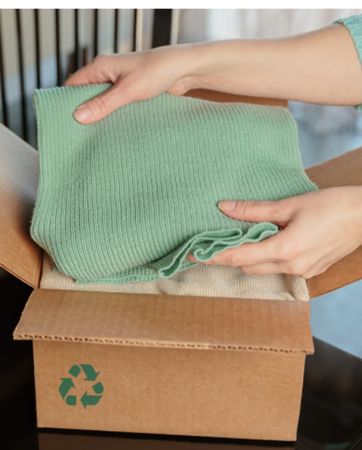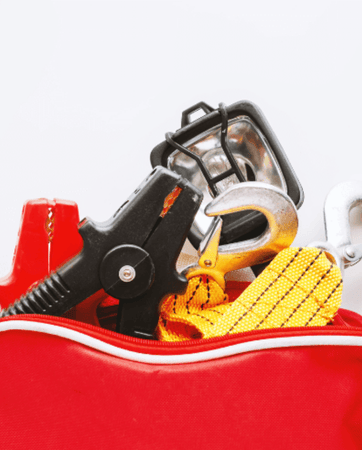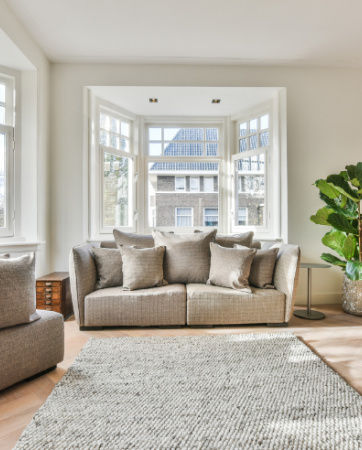How to Childproof Your Home: Safety Tips for New Parents
Welcoming a baby into the world changes how you look at everything, especially your home. What once felt like a cosy and harmless place can suddenly seem as though it’s full of hidden dangers for a curious youngster. Before your little one begins to crawl, take some time to explore your home from their perspective. Crouch down and see the world at floor level. This simple exercise can often reveal hazards that might otherwise go unnoticed, things like hanging cords, low furniture edges, or gaps behind appliances. The goal isn’t to make your home completely hazard-free overnight, but to gradually reduce risks as your baby starts to move more. Here is a room-by-room guide of steps you can do to make your home a safer and happier place for all the family.
The living room
The living room is usually the heart of the home, but it’s also packed with potential risks. Large furniture, like bookshelves or TV units, can be surprisingly unstable when grabbed or climbed on by a toddler. Securing these to the wall can prevent serious accidents. Fireplaces are a charming feature in many homes, but once baby starts crawling, an open hearth or stove quickly becomes a major hazard. A fixed fireguard is a must, especially during colder months. Electrical outlets are generally shuttered in Irish homes, but for peace of mind, outlet covers add an extra layer of protection. As for soft furnishings, consider adding corner guards to coffee tables or low units, and keep remote controls, coasters, or candles high up and out of reach. Most importantly, make sure blind cords and curtain ties are safely secured well above toddler height.
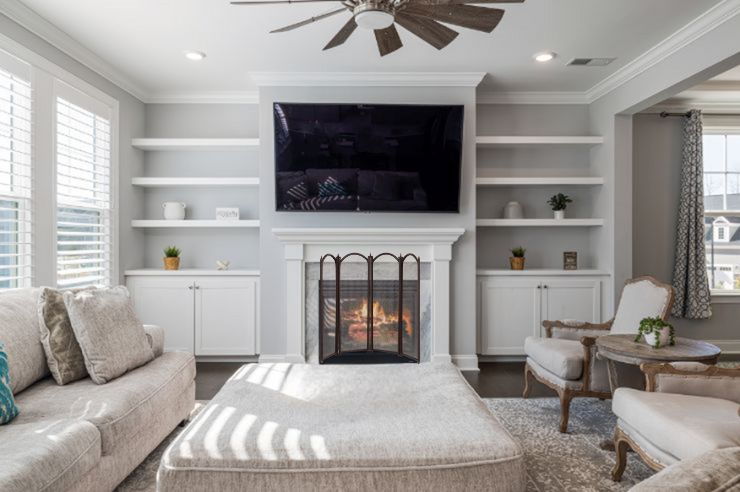
The kitchen
The kitchen may be the busiest room in the house and one of the trickiest when it comes to childproofing. Babies are drawn to the sound and smell of cooking, but hot surfaces, sharp tools, and cleaning products are never far away. Fit safety locks on drawers and cabinets, especially those under the sink or near the oven. You might also consider moving hazardous items higher up for added safety. Install an oven guard if your cooker is within easy reach, and always turn pot handles inward while cooking. Hot drinks are another major risk as tea or coffee spilled even from a low table can cause serious burns, so keep mugs up high and far from the edges. And when using a highchair, opt for a sturdy one with a secure harness and never leave your baby unattended, even for a moment.
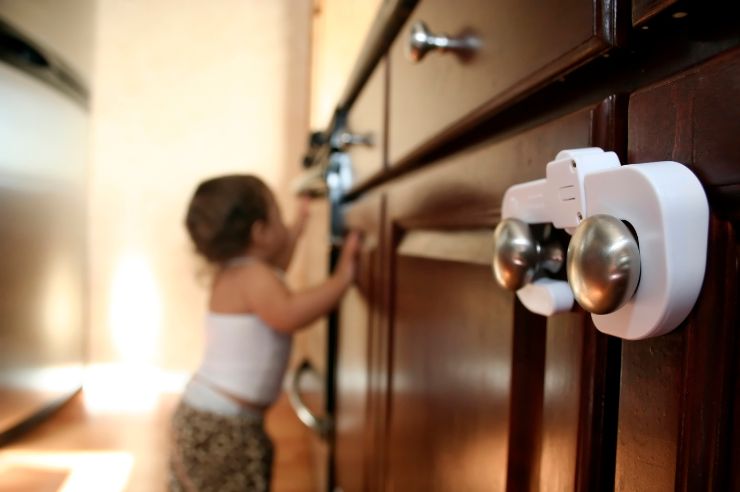
The bathroom
Though smaller than most rooms, bathrooms require close attention. Many bathroom related accidents are preventable with simple changes. A toilet lock can deter curious toddlers from lifting the lid or splashing in the water. Store all toiletries, razors, medicines, and cleaning products well out of reach, preferably in a locked or high-up cabinet. Even familiar items like toothpaste or bubble bath can pose risks if swallowed in large amounts. Use a non-slip mat inside the tub and another one on tiled floors to minimise the chance of slipping. When it’s bath time, always check the water temperature with your elbow or a bath thermometer - it should be comfortably warm, never hot. Installing a thermostatic mixer valve is a great investment to keep temperatures consistent and safe.
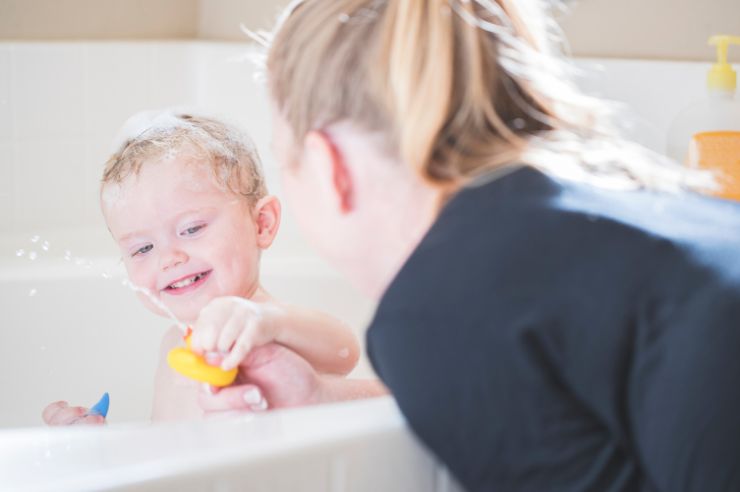
The stairs and halls
Staircases are a major concern in homes, especially in two-storey houses or cottages with narrow steps. Install pressure-mounted or screw-fitted safety gates at both the top and bottom of the stairs. Choose a design that suits your home e.g. gates with vertical bars are generally safer, as they’re harder to climb. Hallways can also present challenges, especially if they're dark or cluttered. Keep pathways clear and use plug-in nightlights to improve visibility during the night. Loose rugs or slippery mats should be either removed or secured firmly with non-slip backing to prevent trips.
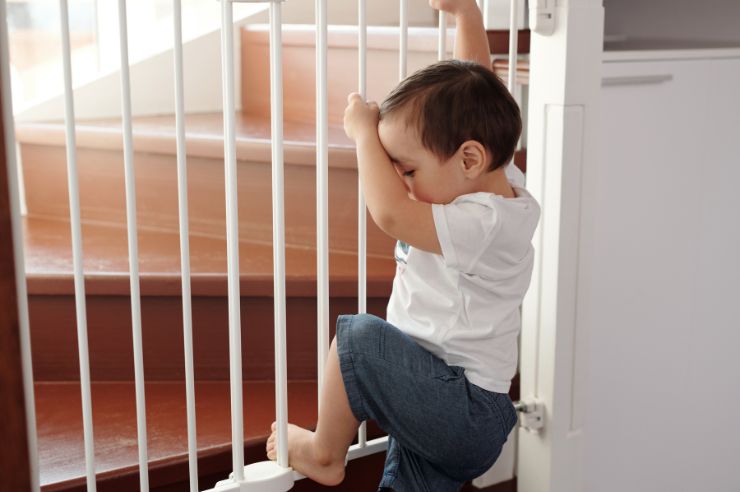
The bedrooms
Your baby’s bedroom or nursery should be a space that promotes comfort and rest, but it also needs to be designed with safety in mind. Choose a cot that meets EU safety standards (EN 716) and make sure the mattress fits snugly with no gaps. Skip the pillows, duvets, or soft toys in the early months; a fitted sheet and appropriate sleeping bag are all your baby needs. If you use a baby monitor, keep it at a safe distance from the cot and make sure the cords are fully out of reach. Shelves or wall decor should be firmly mounted, and any heavy items should never be placed above where your baby sleeps. As they grow, keep an eye on what becomes reachable from the cot or toddler bed and adapt the room accordingly.
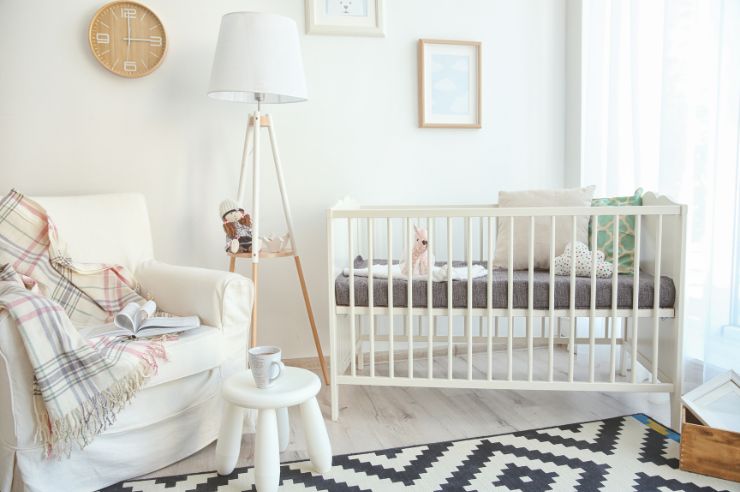
Outdoor areas
If your family enjoys time outdoors, your garden or patio space will need attention too. In some gardens, water features like ponds in the image below, can be in place and they can pose serious dangers to toddlers. Always cover ponds securely or fence them off completely. Sheds, garages, and side gates should be kept locked when not in use, as these often house tools, paints, and garden chemicals. Trampolines, while great for older children, should be fitted with a safety net and always supervised during play. Even raised decking can be risky for young children so use railings to block gaps and always check surfaces for loose boards or nails.
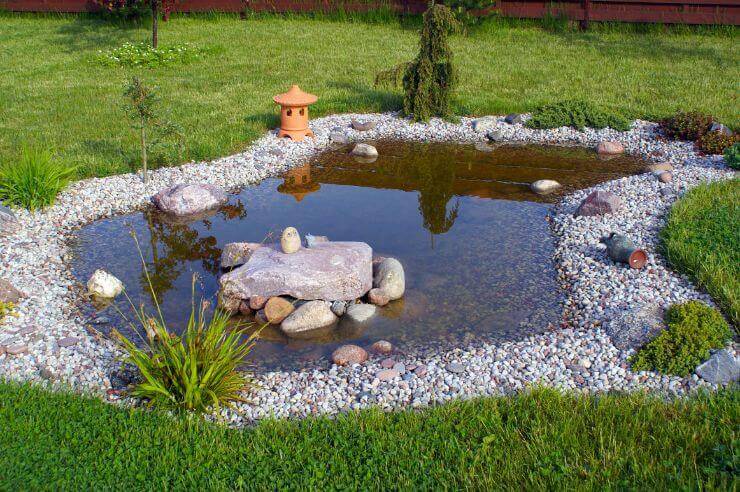
Accidents can happen despite the best planning, so it’s essential to be prepared. Keep a printed list of emergency contact numbers in a visible place, your GP, local out-of-hours service, 112/999 for emergencies, and the National Poisons Information Centre. A basic first aid kit should be kept in the home, and it's well worth attending a paediatric first aid course. The Irish Red Cross, St. John Ambulance, and many local parenting groups offer these throughout the year. For further guidance, the HSE offers reliable, up-to-date information for new parents across the country.
Remember you want a home that grows with your child. Childproofing isn’t about bubble-wrapping your entire house. It’s about creating an environment that evolves with your child’s development. What’s safe for a three-month-old may not be enough for a one-year-old on the move. Take it room by room, week by week. Adjust as needed, and trust your instincts, you know your home best after all.
All the information on this blog is published in good faith and for general information purposes only. While An Post Insurance makes every effort to ensure that the information appearing on this blog is accurate and complete, it does not make any warranties about the completeness, reliability or accuracy of this information, whether express or implied, including but not limited to implied warranties of merchantability, fitness for a particular purpose or non-infringement. Any action you take upon the information you find on this blog is strictly at your own risk. An Post Insurance will not be liable for any direct, indirect or consequential losses and/or damages in connection with the use of, or action taken in reliance on information contained in our blog.
Through this website you are able to link to other websites which are not under the control of An Post Insurance. We have no control over the nature, content, and availability of those sites and if you click on links to these websites you will be subject to the terms and conditions of those sites. The inclusion of any links does not necessarily imply a recommendation or endorse the views expressed within them.


